
The Magnificent Seven, directed by Antoine Fuqua (Training Day, Southpaw), is a story about Seven gun men in the old west who gradually come together to help a poor village against savage thieves. The film is a remake of the 1960 American Western film The Magnificent Seven directed by John Sturges, - a Western-style remake of Akira Kurosawa's 1954 Japanese-language film Seven Samurai.
Antoine Fuqua’s take is much more diverse than the 1960’s version, starring a leading African American male (Denzel Washington), and his band of diverse compadres. All of America was represented in this film. It is set during the early Western Frontier, post Civil War, in an all white town, and the N word was not uttered once in the whole film! Bravo!
This clearly wasn't a Quentin Tarantino film.
It also starred one of the hottest Native American co-stars to arguably hit the big screen in years, Martin Sensmeier!
I just think he needs an honorable mention for heating up the screen and representing Native Americans who are sorely unrepresented in entertainment. #Nativepride
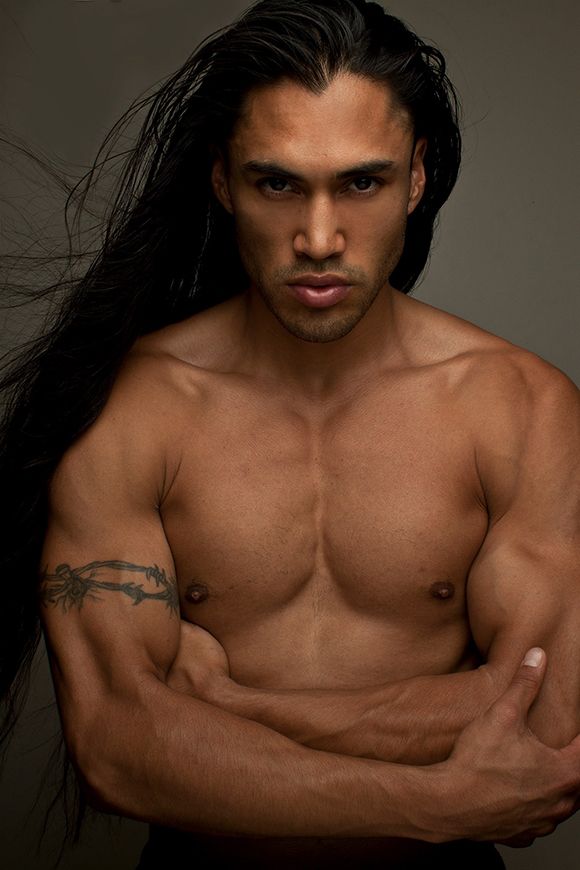
It also featured an incredible cast of Korean, Mexican, and white leading actors: Chris Platt, Ethan Hawke, Byung-hun Lee, Manuel Garcia-Rulfo, Vincent D'Onofrio and more.
Traditionally, the Western genre has always and only told the stories of the West from a purely white perspective. Periodically, a Native American, Asian, or Mexican character would be portrayed as some offensive racial stereotype played by white actors in costume, painted in brown, red, or yellow face. It has taken quite a few decades for film and television to begin to become inclusive with real actors of color.
Although, not as popular as in the past, the Western genre is one of the last genres to adapt. The one-sided narrative of the West tends to persist.
So it is understandable that many of us may have grown up with the belief that the West was basically white and that diversity doesn’t feel authentic to Western stories. Even for today’s youngest generations the image of the Western Frontier is Woody and and Bo Peep of Pixar’s Toy Story. Although, I know the truth of the history of the West, even I am as accustomed to seeing the singular story as most.

Diversity is foreign to some. It can take some time getting used to seeing an Asian Santa Claus or a Black Jesus - as much as it should to accept Tom Cruise as the Last Samurai, Ben Afleck as Mexican CIA agent Tony Mendez, Emma Stone as Hawaiian, Christian Bale as an ancient Middle-Eastern Hebrew Moses, or Sigourney Weaver as an ancient Egyptian Queen - but I digress. Hell, some still haven’t gotten over having a black president after 8 years.
So I get it! Some folks just like their cowboys as white as John Wayne. That’s the only story they’ve been taught and the only truth they know.
However, the shades of the West you think you know and what the shades of the West really were are quite different.
Here Are 7 the Magnificent Reasons Why...
I. THE NATIVE AMERICAN WEST

Native Americans were in the region first! That should go without explanation. All of America was their homelands.
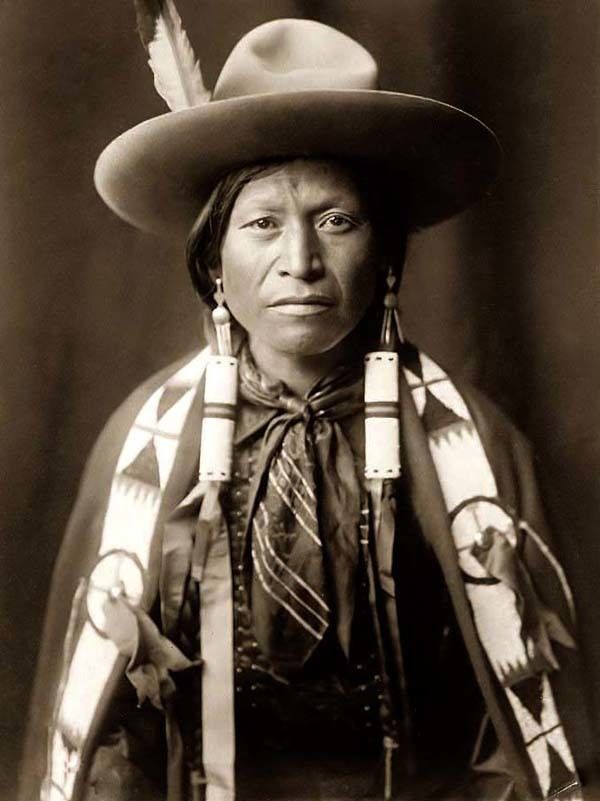
During the period of colonial expansion Native Americans were targeted, hunted, and scheduled for genocide while being pushed out of their homelands across the country. Native Americans were considered enemies of the state and viewed as an impediment to white America's Manifest Destiny since the earliest Pilgrims first set foot here.
Here is a list of tribes who inhabited the West before any Frontiersman.
Southwest TribesApache (Eastern), Apache (Western), Chemehuevi, Coahuiltec, Hopi, Jano, Manso, Maricopa, Mohave, Navaho, Opata, Pai, Papago, Pima, Pueblo, Yaqui, Yavapai, Yuman, Zuni. Pueblo include Acoma, Cochiti, Isleta, Jemez, Laguna, Nambe, Picuris, Pojoaque, Sandia, San Felipe, San Ildefonso, San Juan, Santa Ana, Santa Clara, Santo Domingo, Taos, Tesuque, Zia.
California Indian TribesAchomawi, Atsugewi, Cahuilla, Chimariko, Chumash, Costanoan, Esselen, Hupa, Karuk, Kawaiisu, Maidu, Mission Indians, Miwok, Mono, Patwin, Pomo, Serrano, Shasta, Tolowa, Tubatulabal, Wailaki, Wintu, Wiyot, Yaha, Yokuts, Yuki, Yuman (California).
Violence against Native Americans reached its peak during the Gold Rush. It was a widely held belief in 19th-century California that all of the Indians had to be exterminated.
“California’s statehood, in 1850, came two years after the discovery of gold. This was also the decade when the slaughter reached its apogee.” - Newsweek
The population of Indians was an estimated 150,000 in 1845; 25 years later and 22 years after the beginning of the Goldrush an estimated number of only 30,000 Indians were living. The estimated number of Indians killed by new diseases passed on by settlers is around 60% of all the Natives living combined.
“The gold rush proved disastrous for the Native population... After the gold rush, the population had dwindled to... about a 10-percent survival rate.“ - Alysa Landry
II. THE MEXICAN WEST

The Western states of America were all once a part of Mexico. These states were founded by, controlled by, and inhabited by Mexicans. Many people of Mexican descent were born in what is now considered U.S. territories for generations before it became America. These territories were taken during the Mexican–American War of 1846–48.
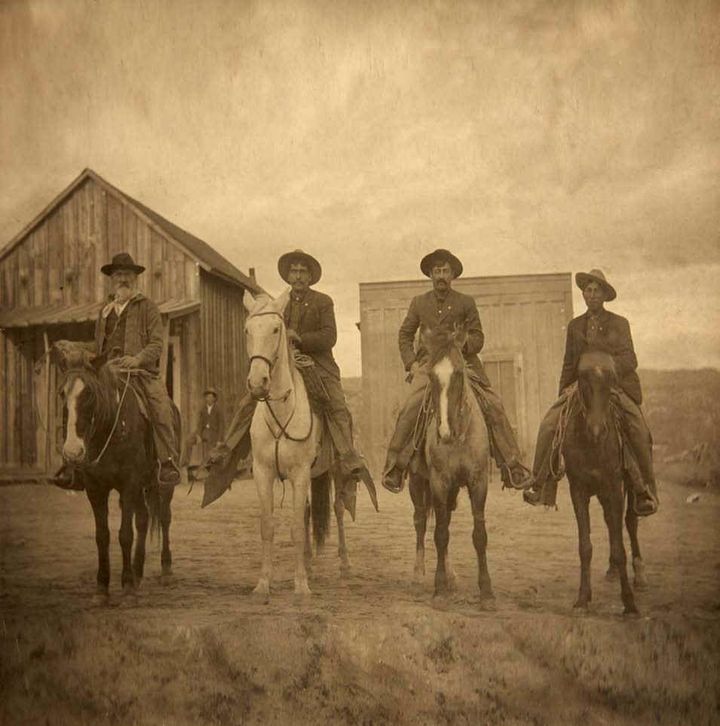
The nation’s first cowboys were Mexican cattle herders called vaqueros (from the Spanish word for cow) and developed roping skills, using braided rawhide reatas (the root word for lariat). “In the early and mid-1800s ranching ceased to be a strictly Hispanic profession as more Americans poured into once Mexican-held lands. The Anglo newcomers adapted to the vaquero style, and many settlers intermarried with the old Spanish ranching families.” - American Cowboy
The real illegal immigrants are us!
III. THE AFRO-LATINO WEST

Afro-latinos and their progeny had lived in the West long before America’s conquest of the territory. Yet our Westerns never touched on these stories or have ever portrayed these characters. People of African descent had been in the West from its earliest Spanish colonial history from 1769 to 1821 and under Mexican rule from 1821 to 1848. Blacks were present as slaves of the Spaniards as early as the 1520s. Over the approximately three hundred years it lasted, the slave trade brought about 200,000 Africans to the colony. Many blacks were born in Mexico and followed their parents into slavery. Not until 1829 was the institution abolished by the leaders of the newly independent nation.
The city of Los Angeles was founded in 1781 by 11 Heads of Households which consisted of 2 Negros and 8 Mulattos (the Camero, Moreno, Mesa, and Quintero families).
“Of the 44 original pobladores (colonists) who founded Los Angeles, only two were white. Of the other 42, 26 had some degree of African ancestry and 16 were Indians or mestizos (people of mixed Spanish and Indian blood).” — William M. Mason, 1975
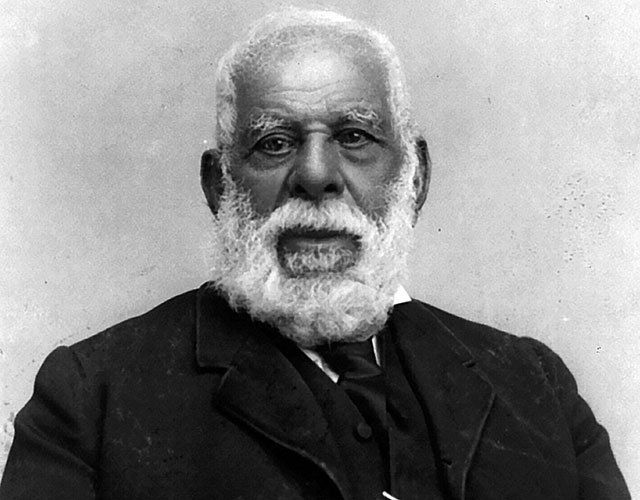
In 1821, Mexico won its independence from Spain and in 1829 slavery was completely abolished in Mexico and all of its territories, which extended from Texas to Utah, New Mexico to California, even Arizona, where some of the worst anti-Mexican immigrant sentiment can be found.
Vicente Guerrero, called El Negro, was Mexico's first black president, (almost 200 years before America would elect it’s first president of African descent). In 1829 he issued Mexico's slavery abolition decree (which led a few years later to Texas slave holders taking Texas out of Mexico). Freed people of African descent became Mexican citizens, regardless of ethnic background or admixture.
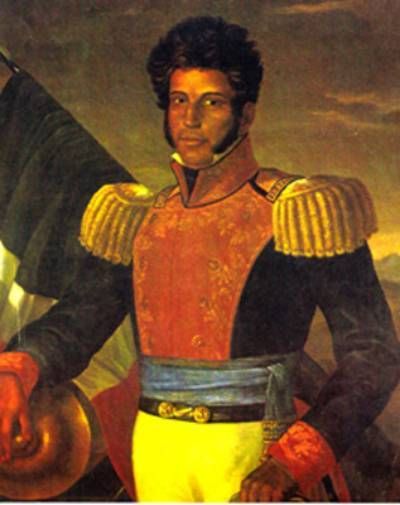
IV. THE WHITE WEST

Is probably the most commonly known stories of the West from Little House on the Prairie to Billy the Kid. In the early 1800’s white Americans and European immigrants pushed West during the expansion of cotton production. After the War of 1812, the rising prices of agricultural commodities pulled settlers westward to find more farmable lands. Cotton culture moved westward quickly, spreading through much of the lower south to the Mississippi River and eventually into Texas.
“By 1840, nearly 7 million Americans–40 percent of the nation’s population–lived in the trans-Appalachian West. Most of these people had left their homes in the East in search of economic opportunity.” - History Channel
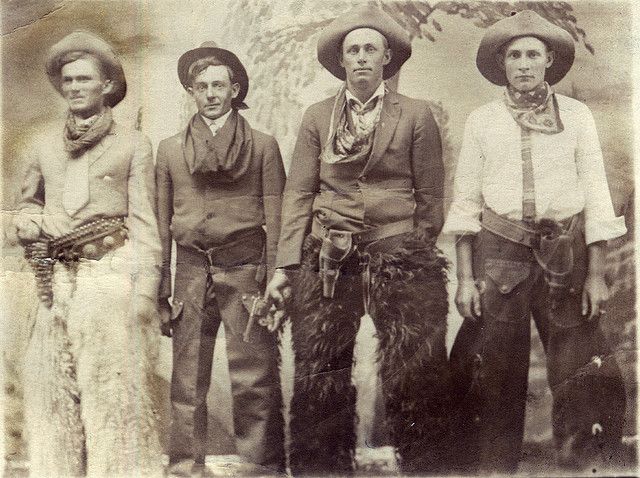
On May 20, 1862, President Abraham Lincoln signed into law The Homestead Act which encouraged Western migration by providing settlers 160 acres of public land (rather stolen land) to numerous families. Homestead communities were rapidly growing across the West.
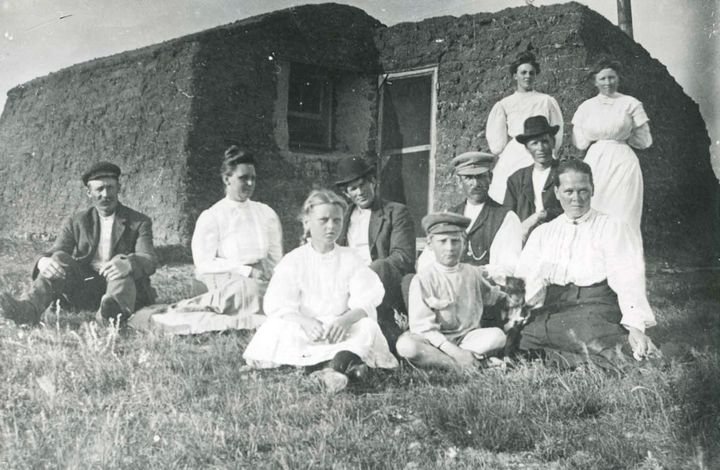
V. THE IMMIGRANT WEST
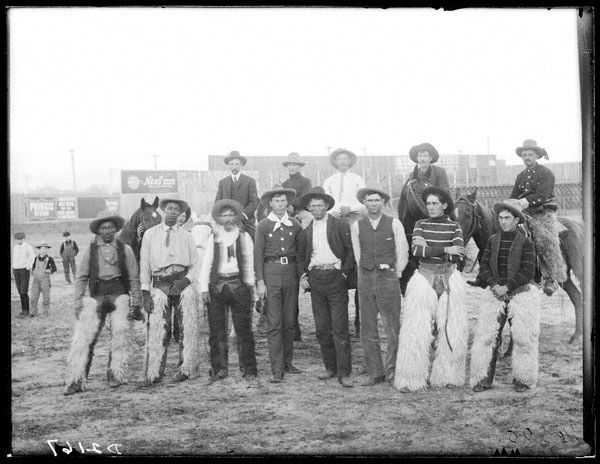
The California Gold Rush (1848–1855) began on January 24, 1848, when gold was found by James W. Marshall at Sutter's Mill in Coloma, California. The gold-seekers, called "forty-niners" (as a reference to 1849), often faced substantial hardships on the trip. While most of the newly arrived were Americans, the Gold Rush attracted tens of thousands from Latin America, Europe, Australia, and China.
So the Gold Rush increased ethnic and cultural diversity in the region.
“Native Americans were in the region first.”
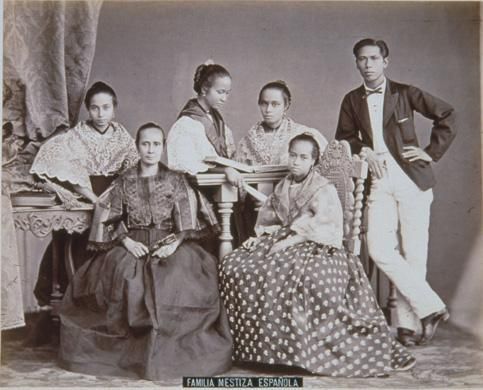
The West was as multicultural in some areas as it is in some major cities today. Even interracial marriages were common among Western families. California was a melting pot of people and despite the laws and beliefs of the day, families across race and culture were commonly formed in the West.
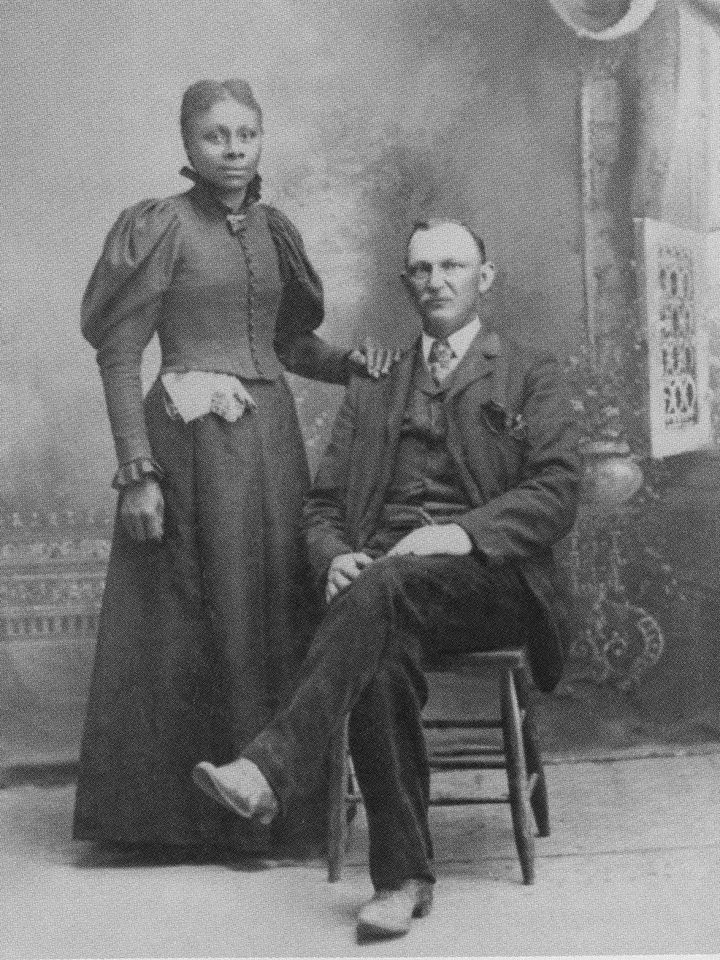
VI. THE AFRICAN AMERICAN WEST

In the mid 1800's many freed African Americans had been expelled from states like Arkansas due to The Act 151 of 1859. The General Assembly passed a bill in February 1859 that banned the residency of free African-American or mixed-race (“mulatto”) people anywhere within the bounds of the state of Arkansas. On February 12, 1859, Governor Elias N. Conway, who had supported removal, signed the bill into law, which required such free black people to leave the state by January 1, 1860, or face sale into slavery for a period of one year. Many of these families became refugees and moved westward to start their new lives.
Other states enacted similar laws that pushed blacks westward.

Other historic events brought African Americans into the west such as the expansion of cotton plantations which forced thousands of enslaved Blacks westward with their owners.

Furthermore, the Southern Homestead Act of 1866 explicitly included and "encouraged" blacks to participate and many of the first families of the Western frontiers were Black. “African Americans had moved to the west throughout the early decades of the 19th century, it was in the years following the end of the Civil War and the end of Reconstruction that thousands of African Americans migrated to western regions in an attempt to move away from the socio-economic and political oppression of the south.
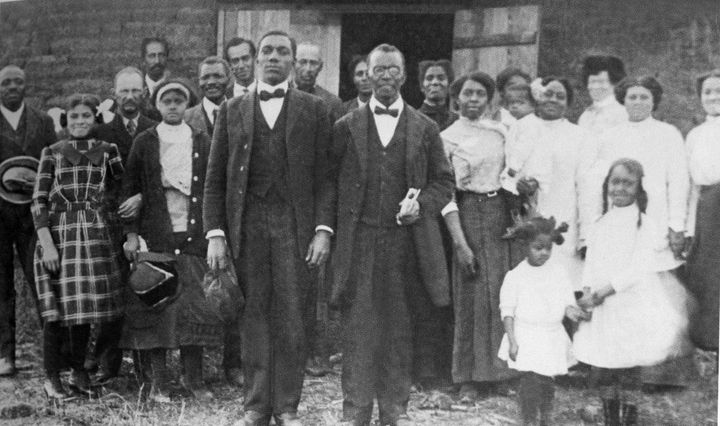
“By the turn of the century, 765,000 African Americans lived in the West” - Oxford
Free Blacks entered about 6,500 claims to homesteads, and about 1,000 of these eventually resulted in property certificates.” - Oubre
Although Denzel Washington’s character, Chisolm, is fictional, one of the West’s most notable Marshals was Bass Reeves.
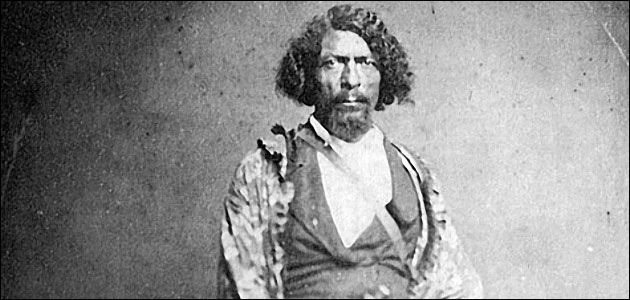
Bass Reeves (July 1838 – 12 January 1910) was one of the first black Deputy U.S. Marshals west of the Mississippi River, working mostly in Arkansas and the Indian Territory (present-day Oklahoma). During his long career, he claimed to have arrested over 3,000 felons and shot and killed fourteen outlaws in self-defense.
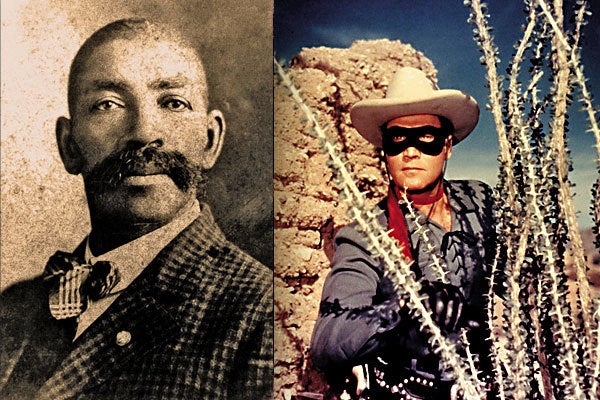
It is believed by some that Bass Reeves was the inspiration for The Lone Ranger radio and television series, even though he was never a Texas Ranger and spent little time in Texas.
“Some folks just like their cowboys as white as John Wayne.”
VII. THE ASIAN WEST

Chinese and Japanese immigrants traveled into the Pacific Northwest through Northern California and into the US to trade, as well as becoming low cost laborers who lost and risked their lives in Gold Mines and also helped build America's railroads. The Chinese arrived in the U.S. in large numbers on the West Coast in the 1850s and 1860s. They encountered very strong opposition. Violent riots and physical attacks forced them out of the gold mines. The Central Pacific railroad hired thousands, but after the line was finished in 1869 they were hounded out of many railroad towns in states such as Wyoming and Nevada. Most wound up in Chinatowns.
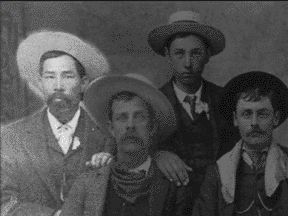
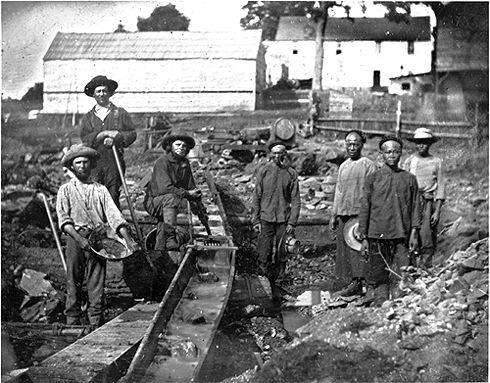
Chinese immigrants also played a major role in agricultural production in California, cultivating fruit, flowers, and poultry.
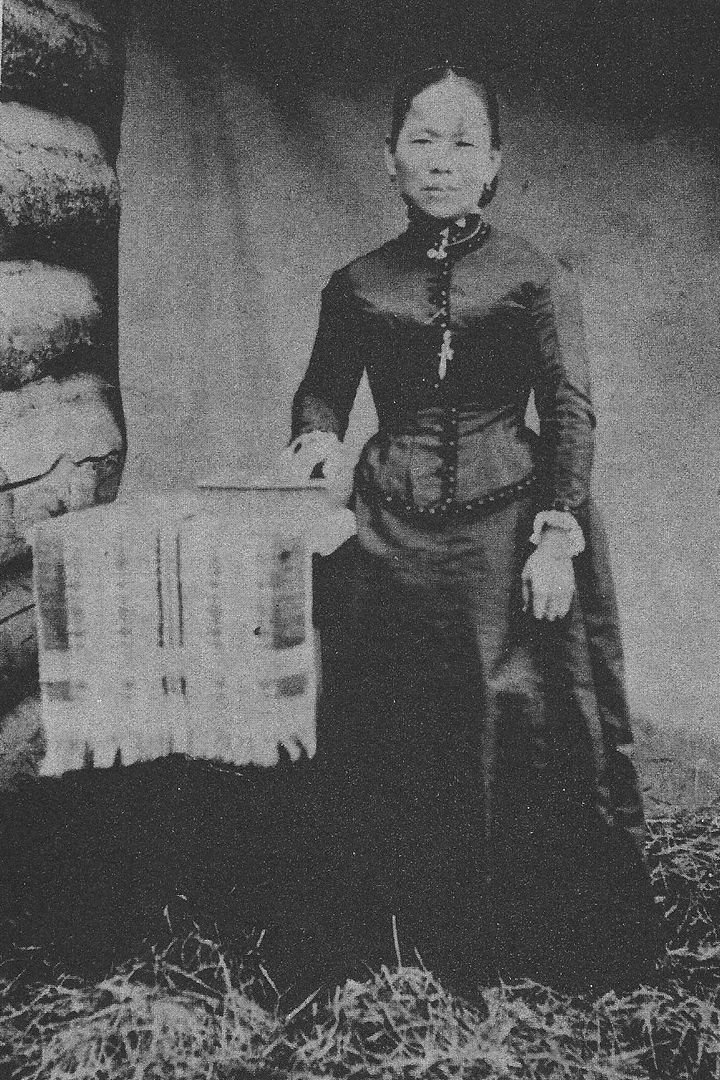
The Japanese arrived in large numbers from 1890–1907 on the West Coast. Hostility was very high on the West Coast. The Japanese on the West Coast of the U.S. would eventually be interned during World War II. Camps in the interior of the country of between 110,000 and 120,000 were people of Japanese ancestry who had lived on the Pacific coast. Sixty-two percent of the internees were United States citizens.
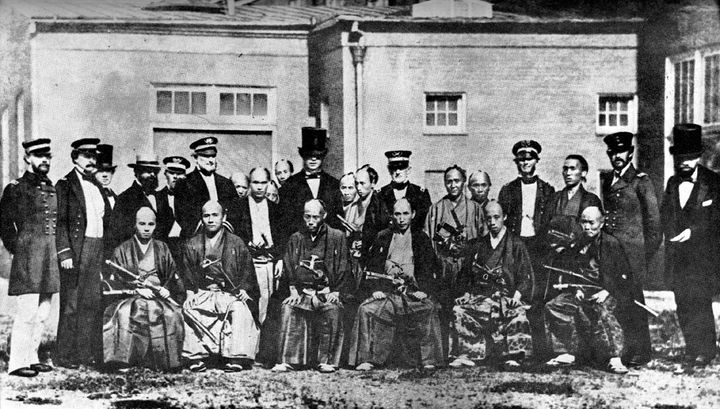
So although America has rarely seen such diversity in the Western genre before, it is very much a historic fact that the Western Frontier was magnificently multiethnic and multicultural.
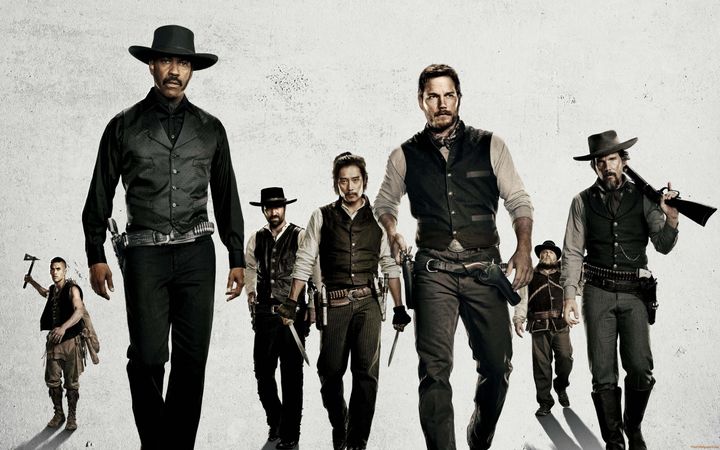
So Kudos to director Antoine Fuqua for an accurate and inclusive American story!
Quincy LeNear is a filmmaker, writer, visual artist, social commentator and satirist.
Follow Quincy LeNear on Twitter & Facebook and his website Quincy LeNear One Artist. Many Tools.
Have something to add to this story? Share it in the comments.
